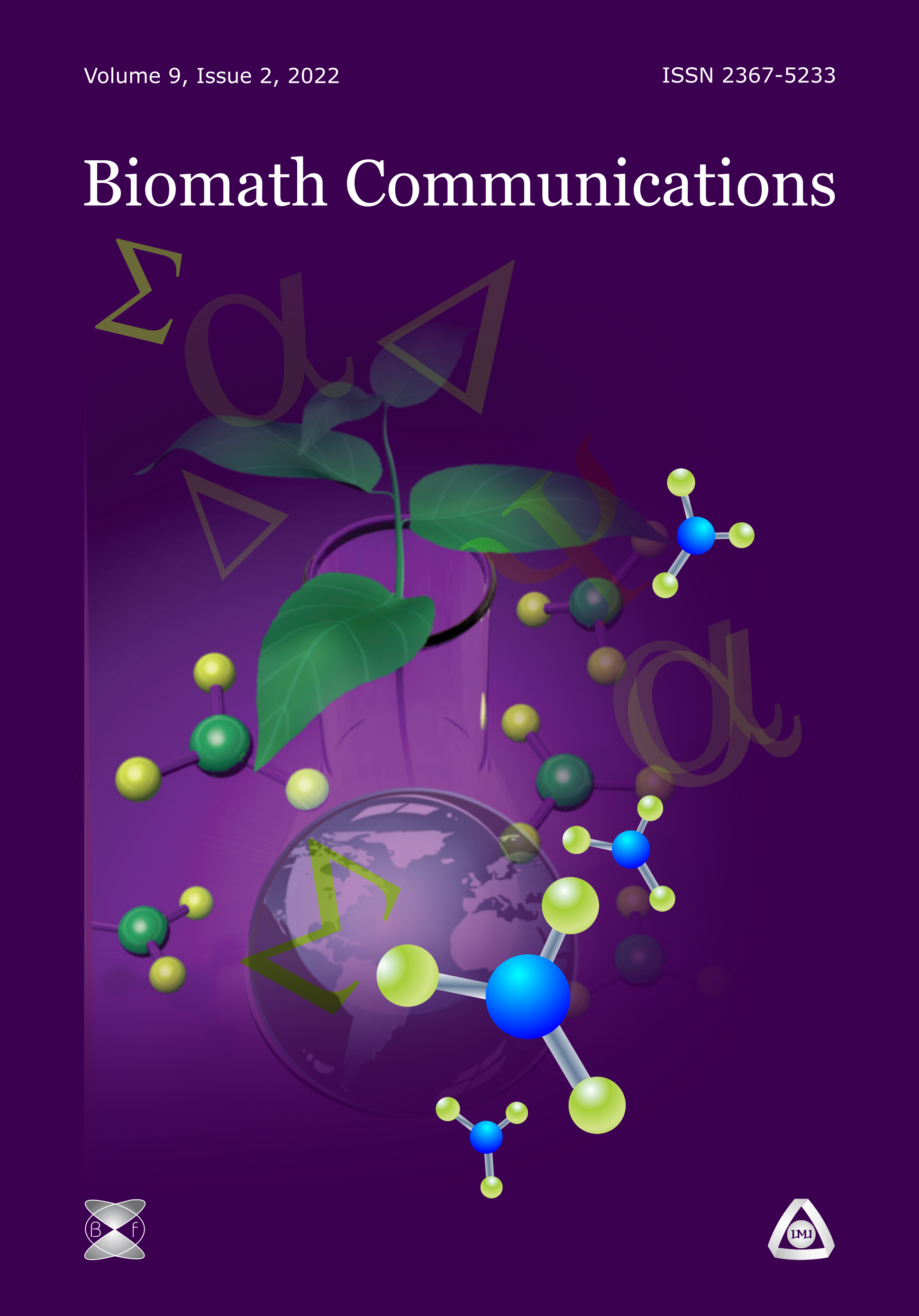Statistical Analysis of Codon Pairs Usage in Prokaryotic Genomes
DOI:
https://doi.org/10.11145/548Abstract
Genetic information is coded by the collinear arrangement of four nitrogen bases - adenine (A), guanine (G), cytosine (C) and thymine/uracil (T/U) along with the polynucleotide chains of DNA and RNA. They are combined in triplets called codons. Each of the 64 codons, except for UAA, UAG and UGA, codes for one (out of twenty) amino acids. The genetic information is translated/decoded by the help of transfer RNAs (tRNAs). The latter bear complementary triplets, called anticodons and also a single covalently bound amino acid. The place of decoding is the ribosome. It contains two sites (A and P) for binding of tRNAs. Therefore the accommodation of two tRNAs, each carrying one amino acid, in these sites is a prerequisite for the sequential formation of dipeptide, tripeptide andВ polypeptide (protein) products. At every moment of translation the two tRNAs in the A and P ribosomal sites are selected on the basis of the two translating codons in mRNA attached to the same ribosome. Full article is published in the article section of this issueВ (http://www.biomathforum.org/biomath/index.php/conference/article/view/498).Downloads
Published
Issue
Section
License
The journal Biomath Communications is an open access journal. All published articles are immeditely available online and the respective DOI link activated. All articles can be access for free and no reader registration of any sort is required. No fees are charged to authors for article submission or processing. Online publications are funded through volunteer work, donations and grants.
Authors who publish with this journal agree to the following terms:
- Authors retain copyright and grant the journal right of first publication with the work simultaneously licensed under a Creative Commons Attribution License 4.0 that allows others to share the work with an acknowledgement of the work's authorship and initial publication in this journal.
- Authors are able to enter into separate, additional contractual arrangements for the non-exclusive distribution of the journal's published version of the work (e.g., post it to an institutional repository or publish it in a book), with an acknowledgement of its initial publication in this journal.
- Authors are permitted and encouraged to post their work online (e.g., in institutional repositories or on their website) prior to and during the submission process, as it can lead to productive exchanges, as well as earlier and greater citation of published work (See The Effect of Open Access).

